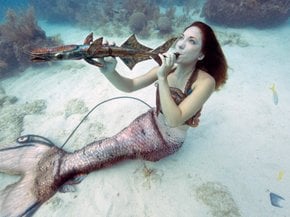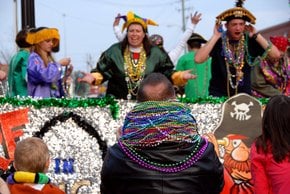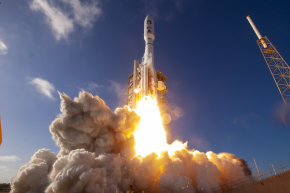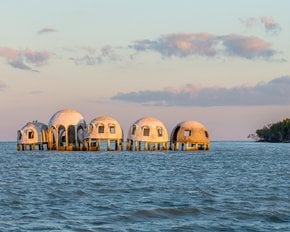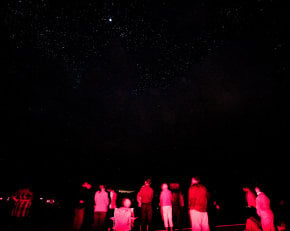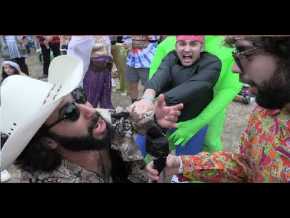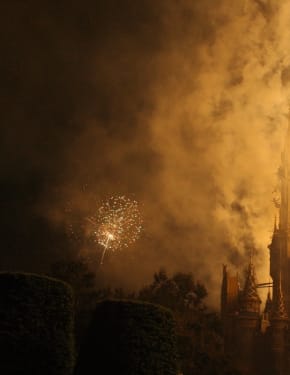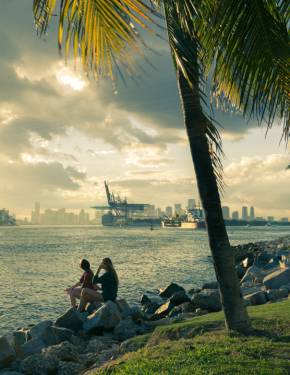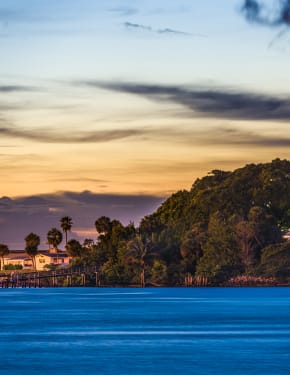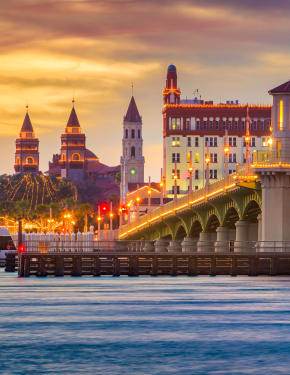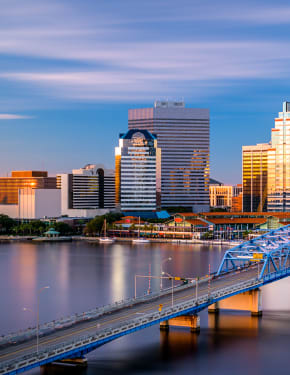Land Crab Migration in Florida 2025
From time to time, land crabs invade backyards and streets in South Florida
Best time: June–December | best time October–November
The land crab migration in Florida is a unique phenomenon that draws the attention of wildlife enthusiasts and curious observers alike. This event, featuring the mass movement of the blue land crab (Cardisoma guanhumi), is particularly noticeable in South Florida. The blue land crab is usually not seen. These species spend most of their time in burrows. However, as the rainy season begins, the crabs emerge from their burrows to head toward the sea.
When to Observe the Migration
The migration of blue land crabs typically occurs between June and December, with a peak period in October and November. The timing of this event is closely tied to weather patterns, particularly heavy rainfall and the lunar cycle. According to wildlife experts, female crabs tend to migrate to coastal waters just before the full moon; at this time, they release their larvae into the ocean.
For real-time forecasts and updates on land crab sightings, local weather and wildlife websites can offer useful insights. As a starting point, visit the Florida Wildlife Forecast for accurate information.
Top Locations
Several locations across South Florida offer excellent access for viewing the land crab migration. Popular spots to view the migration include Miami-Dade County, Martin County, and Port St. Lucie, where large groups of crabs can be seen crossing roads and making their way to the shore. National parks such as Biscayne National Park and Everglades National Park are well known for their wildlife diversity, and visitors often witness the migration of blue land crabs in these areas. While some areas are free to visit, others may charge a small entrance fee, especially in more tourist-friendly locations. Park hours typically run from 9 am to 5 pm, and entrance fees range from $15 to $30 per vehicle, depending on the park.
Responsible Viewing Practices
While the migration of blue land crabs can be fascinating, it’s essential to observe these creatures responsibly. Wildlife experts recommend maintaining a safe distance from the crabs to avoid disturbing their natural behaviors. It’s important not to pick up or handle the crabs, as their large claws can inflict painful pinches. Additionally, feeding the crabs is strictly prohibited, as it can harm their health and disrupt their natural diet. Visitors should also avoid blocking the crabs’ paths or interfering with their migration routes, as this can increase their vulnerability to predators and traffic.
A Brief Overview of Blue Land Crabs
The blue land crab, sometimes referred to as the American land crab, is one of the largest land crab species in Florida. These crabs can grow up to 6 inches in diameter, with males typically sporting a large, dominant claw. Despite their name, not all blue land crabs are blue; young crabs can be grey, tan, or even white. Female crabs may change colors during the mating season, appearing purple or violet.
Though they primarily live on land, blue land crabs require proximity to water for breeding. Their burrows, which can reach up to 10 feet deep, often extend to the water table, providing them with a steady water supply. These crabs primarily feed on plant matter but have been known to eat small insects and carrion.
Differences Between Blue Land Crab and Blue Crab
The blue land crab (Cardisoma guanhumi) and the blue crab (Callinectes sapidus) differ significantly in habitat, appearance, and behavior. The blue land crab is primarily terrestrial, living in coastal areas and burrowing on land, while the blue crab is fully aquatic, thriving in brackish waters. Blue land crabs are larger and have a grayish or bluish body adapted for life on land, whereas blue crabs are smaller with bright blue claws and olive-colored shells, adapted for swimming. While blue land crabs are mostly herbivorous and not commercially significant, blue crabs are omnivorous and highly prized for their sweet meat, particularly in the Chesapeake Bay region. The blue land crab is also edible, though less commonly consumed due to its tougher meat and habitat. Neither species is dangerous to humans, but proper handling and cooking are essential for safety.
Additional Nearby Attractions
For visitors seeking to extend their trip beyond the crab migration, Florida offers many other attractions during the fall season, including the Pensacola Interstate Fair and Stuart Air Show. The nearby Everglades National Park provides opportunities for airboat tours, wildlife watching, and hiking. Additionally, the coastal city of Miami offers a vibrant cultural scene, beautiful beaches, and a range of dining options. While Florida’s fall colors are subtle, areas like Ocala National Forest showcase some autumn hues in late October through November, offering scenic drives through the state’s natural beauty.



























































